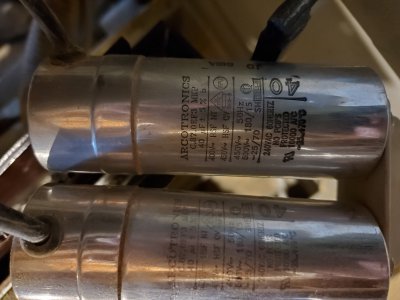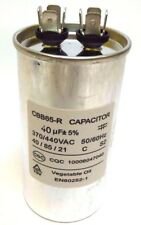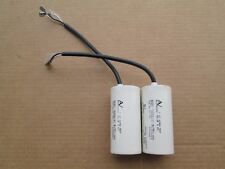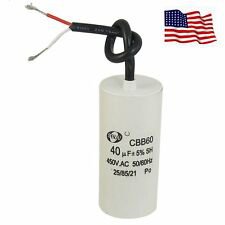As a separate issue, giving the very high voltage and being 3-phase, it makes me think that the original motor was probably at least 5hp. If so, are you okay with the 80% reduction in potential torque?
Yeah, I was surprised that the old motor is only 3 hp, but that's what is on the data plate.





